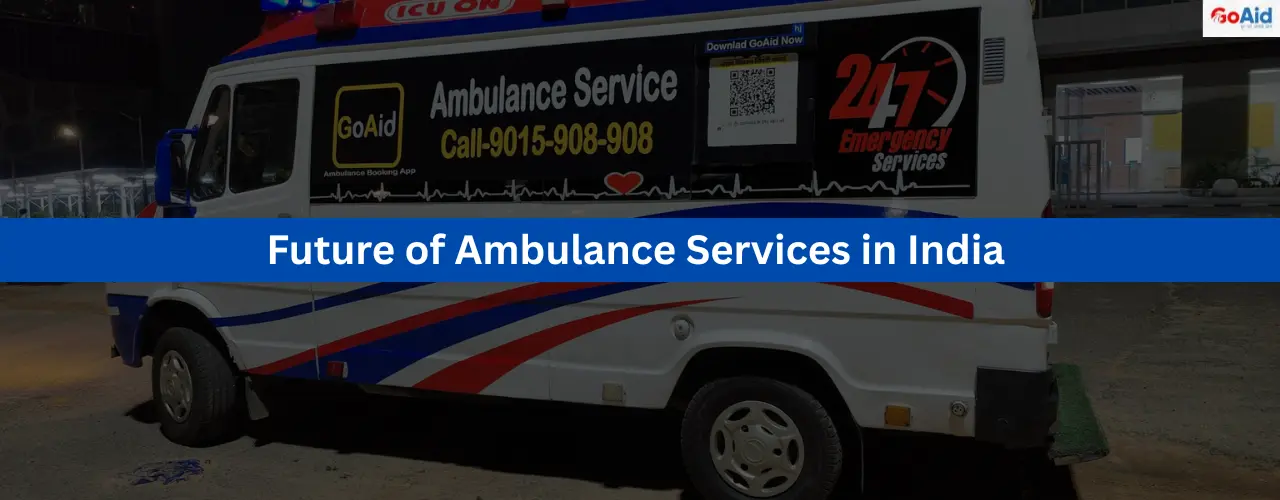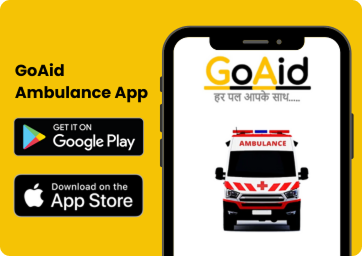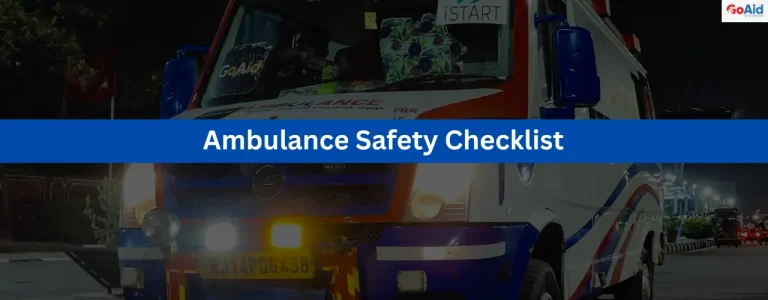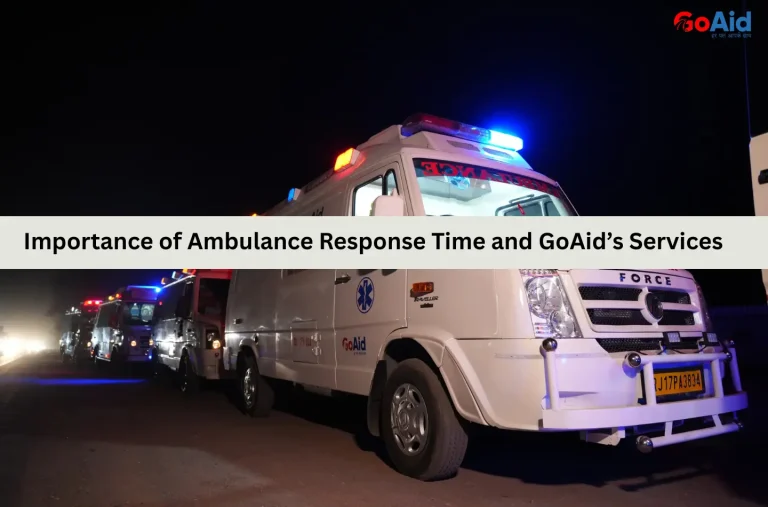In India, the future of ambulance service is being rapidly transformed by cutting-edge ambulance technology, telemedicine in ambulances, and AI-driven tools. With the rise of smart ambulance systems, GPS-enabled ambulances, and real-time patient monitoring, India is moving toward a more responsive, efficient, and digitally integrated emergency healthcare system.
The Urgent Need for Innovation in EMS in India
India’s current emergency medical services (EMS) face serious challenges, including delayed response times, limited rural access, and fragmented service models. Traditional ambulance dispatch systems often lack real-time data sharing, leading to poor coordination between paramedics and hospitals. In a country with over a billion people, these limitations can be life-threatening, especially during trauma, cardiac arrest, or high-risk pregnancies.
This is where ambulance technology in India must evolve. Advanced tools like ambulance app integration, IoT in ambulances, and digital healthcare India platforms offer scalable solutions. Innovations such as AI in ambulance services and telemedicine in ambulances are enabling remote consultations during transit. In contrast, GPS-enabled ambulances ensure faster, location-based dispatch, ushering in a new era for the future of EMS in India.
Role of 5G in Transforming Ambulance Communication Systems
The arrival of 5G technology is revolutionizing ambulance communication systems in India. It enables faster data transmission, supports real-time decision-making, and enhances the overall efficiency of smart ambulance systems and digital healthcare platforms in India.
1. Ultra-Fast Data Sharing Between Ambulance and Hospital
With 5G, paramedics can instantly share vital signs, scans, and patient reports with hospitals, improving real-time patient monitoring and reducing treatment delays once the ambulance arrives.
2. Enhanced Telemedicine in Ambulances
5G supports high-quality video consultations, making telemedicine in ambulances more reliable. This enables doctors to guide on-board paramedics in real-time during critical care scenarios.
3. Stable Connectivity for GPS-Enabled Ambulances
A 5G-powered GPS-enabled ambulance ensures real-time location tracking, enabling the ambulance dispatch system to send the nearest available vehicle quickly and accurately.
4. Low Latency for Emergency Medical Devices
5G reduces network lag, ensuring uninterrupted performance of IoT in ambulances, such as portable ventilators, ECG monitors, and infusion pumpsŌĆöcrucial for patient survival.
5. Better Coordination Through Integrated Emergency Services
5G enables seamless integration between ambulance apps, hospitals, and police/fire departments, helping build a truly centralized EMS platform for emergencies.
6. Real-Time Video for Smart Decision-Making
Live-streamed patient condition and en-route surroundings through smart ambulance systems assist hospital staff in preparing better for the patient’s arrival, improving outcomes.
7. Remote AI Processing for Critical Care Support
5G supports cloud-based AI in ambulance services, allowing quick triage decisions based on symptoms, location, and patient history, even before reaching the hospital.
AI in Ambulance Services: Smarter Triage and Routing Decisions
Artificial Intelligence is playing a pivotal role in improving the future of EMS in India. By powering smarter triage and routing, AI in ambulance services ensures faster, safer, and more accurate emergency response.
1. AI-Powered Triage Algorithms
AI systems can assess patient symptoms in real-time and categorize emergencies based on severity, ensuring the ambulance dispatch system prioritizes critical cases first.
2. Intelligent Route Optimization
AI helps in calculating the fastest and safest routes using traffic, weather, and road data, allowing GPS-enabled ambulances to reach patients without delay.
3. Predictive Maintenance of Ambulances
By analyzing vehicle data, AI can detect potential mechanical issues early, reducing breakdowns and improving smart ambulance systems.
4. Automated Resource Allocation
AI predicts peak emergency hours and helps in strategically placing ambulances in high-risk areas, improving faster ambulance response time and availability.
5. Enhanced Decision Support for Paramedics
Using AI tools, paramedics can receive real-time suggestions for procedures and medications, especially valuable during high-risk cases and next-gen healthcare transport.
6. Integration with Health Records and EMS Platforms
AI integrates patient history with live data, giving hospitals a better understanding of incoming cases via digital healthcare systems.
7. AI-Driven Ambulance App Integration
With AI embedded in ambulance booking apps, systems can suggest the best vehicle (BLS, ALS, ICU) based on symptoms enteredŌĆösimplifying ambulance technology in India.
Digital Training for Paramedics: Preparing for Tech-Driven Emergency Response
As ambulance technology in India advances, paramedics need specialized digital training to handle devices like real-time patient monitoring tools, telemedicine in ambulances, and smart ambulance systems for more efficient and informed emergency response.
1. Training in Telemedicine Tools
Paramedics are now being trained to assist doctors remotely using telemedicine in ambulances, enabling real-time virtual consultation during patient transport for faster and more accurate care.
2. Operating Real-Time Patient Monitoring Devices
Understanding real-time patient monitoring tools like portable ECGs and oxygen sensors helps paramedics make quick decisions and transmit vital stats to hospitals instantly.
3. Familiarity with GPS-Enabled Navigation Systems
Modern paramedic training includes using GPS-enabled ambulances for real-time navigation and route optimization, reducing delays and improving ambulance response time.
4. Handling IoT-Based Medical Equipment
IoT in ambulances involves smart devices like connected defibrillators and infusion pumps. Paramedics are taught how to operate and troubleshoot these efficiently.
5. Digital Record Management and Data Transfer
Training includes logging patient vitals and history into digital healthcare India systems to ensure seamless hospital handovers and care continuity.
6. Emergency App Usage and Coordination
Paramedics learn to use ambulance app integration for status updates, location tracking, and digital communication with dispatch and hospitals in real-time.
7. Simulations with AI-Powered Scenarios
Using AI in ambulance services, paramedics practice simulated high-risk situations to improve triage accuracy and decision-making during next-gen healthcare transport.
GoAid and the Digital Transformation of Ambulance Care
GoAid is at the forefront of IndiaŌĆÖs digital healthcare revolution by combining ambulance technology, real-time tracking, and telemedicine in ambulances to offer smarter, faster, and more accessible emergency care for everyone.
1. 10-Minute Response with GPS Technology
GoAid leverages GPS-enabled ambulances to dispatch vehicles nearest to the emergency site, drastically reducing wait time and enabling faster ambulance response time.
2. Telemedicine Access En Route
Through its smart ambulance systems, GoAid offers telemedicine in ambulancesŌĆöconnecting patients with doctors before reaching the hospital.
3. AI-Driven Dispatch and Triage
Using AI in ambulance services, GoAid prioritizes dispatch based on emergency severity, patient location, and traffic, ensuring optimized care.
4. Ambulance App Integration for Easy Booking
GoAidŌĆÖs ambulance booking app allows users to book, track, and share ambulance locations in real time, simplifying the emergency process.
5. Trained Digital Paramedics Onboard
GoAid equips its team with digital training for paramedics to handle modern tools, enabling better real-time patient monitoring during transit.
6. Seamless Hospital Coordination
Vital stats are digitally transmitted to hospitals ahead of arrival, allowing integrated emergency services to prepare in advance.
7. Commitment to Building a Centralized EMS Model
GoAid is moving toward a centralized EMS platform, integrating emergency services nationwide for consistent, tech-enabled healthcare access.
Future-Ready Ambulance Infrastructure: What India Needs to Build
To support the future of ambulance service in India, the country must invest in robust, tech-driven infrastructure. This includes upgrading fleets to smart ambulance systems equipped with IoT in ambulances, real-time patient monitoring, and onboard telemedicine capabilities. Ensuring the availability of GPS-enabled ambulances across urban and rural areas will also help reduce response times and improve coverage.
A centralized EMS platform that integrates ambulance app integration, hospital coordination, and emergency helplines is crucial. Additionally, dedicated training centers for digital upskilling of paramedics must be prioritized. With these upgrades, India can establish a truly future-ready ambulance infrastructure, empowering faster, smarter, and life-saving emergency medical services in line with the evolution of digital healthcare in India.
Conclusion to the Future of Ambulance Services in India
The future of EMS in India lies in adopting ambulance technology, from AI-powered dispatch systems to telemedicine in ambulances. With smart ambulance systems, real-time patient monitoring, and digital healthcare integration, India is well-positioned to revolutionize emergency care. Building this ecosystem today will save more lives tomorrow.
F&Q
Question-1: What is the future of ambulance service in India?
Answer: The future of ambulance service in India includes smart ambulance systems, AI-based routing, telemedicine in ambulances, and real-time patient monitoring to improve emergency medical response.
Question 2: How is telemedicine used in ambulances?
Answer: Telemedicine in ambulances allows doctors to consult patients remotely via video and monitor vitals in real-time, enhancing care during patient transport.
Question 3: What role does AI play in ambulance services?
Answer: AI in ambulance services assists in triaging emergencies, predicting arrival times, optimizing routes, and alerting hospitals for faster readiness.
Question 4: How does 5G impact ambulance technology in India?
Answer: 5G enables ultra-fast data transfer, supporting real-time patient monitoring, video consultations, and seamless communication between ambulances and hospitals.
Question 5: What are GPS-enabled ambulances?
Answer: GPS-enabled ambulances use navigation and location tracking to reach patients faster and coordinate more effectively with nearby hospitals and emergency responders.
Question 6: What is real-time patient monitoring in ambulances?
Answer: Real-time patient monitoring provides continuous tracking of vital signs during transport, allowing paramedics and doctors to respond quickly to health changes.
Question-7: What is ambulance app integration?
Answer: Ambulance app integration connects users to emergency services, allowing instant booking, real-time tracking, and communication with hospitals via mobile applications.
Question-8: How is India using IoT in ambulances?
Answer: IoT in ambulances enables device connectivity, allowing machines to send live data to hospitals, track inventory, and improve emergency care delivery.
Question 9: Why is digital healthcare important for EMS in India?
Answer: Digital healthcare in EMS boosts efficiency through telemedicine, cloud-based medical records, and AI tools, improving patient outcomes during emergency transport.
Question-10: What infrastructure is needed for next-gen healthcare transport in India?
Answer: India needs advanced ambulances, 5G support, trained digital paramedics, IoT systems, and integrated hospital networks for next-gen healthcare transport solutions.
















